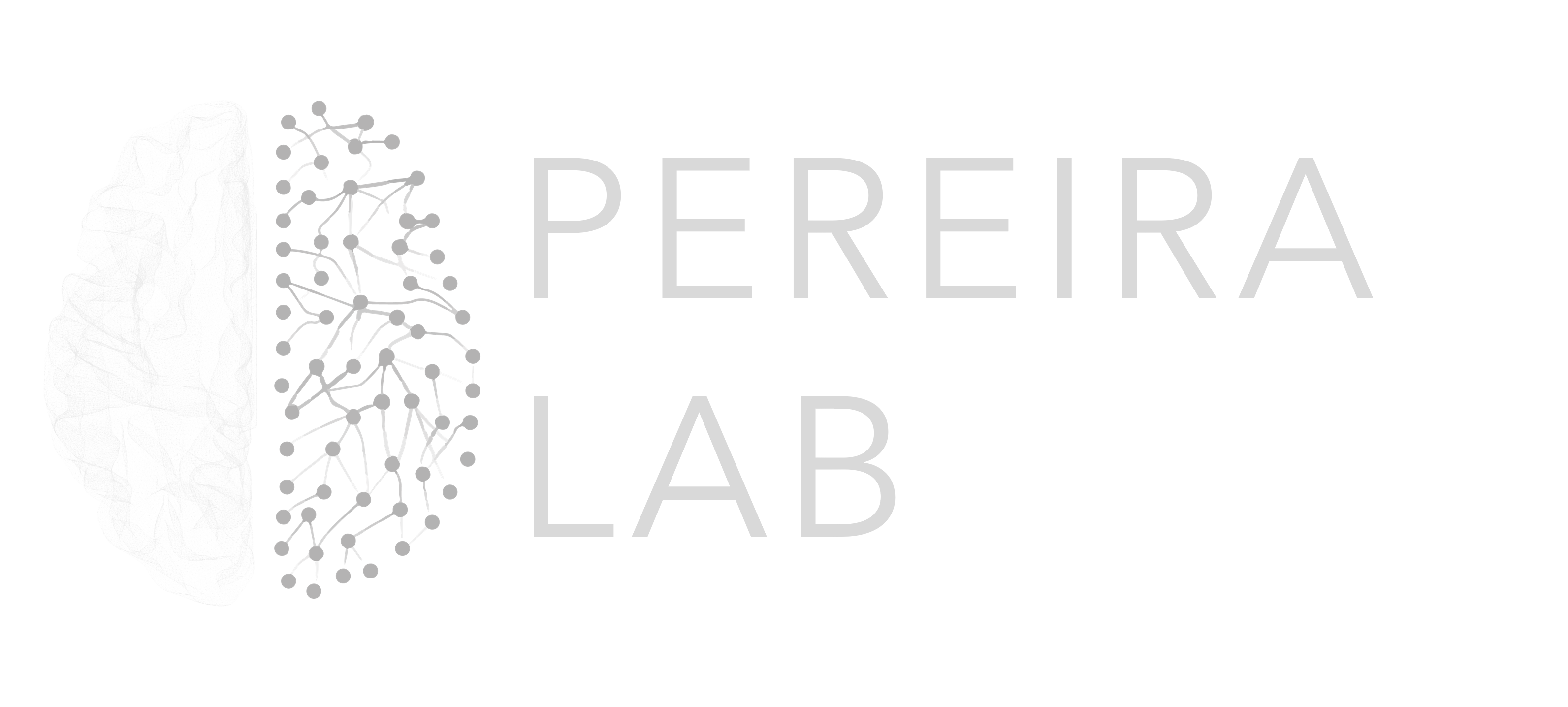OUR RESEARCH
OUR LINES
Aging is one of the strongest risk factors for the development of neurodegenerative disorders. Our aim is to understand the physiological processes that occur over the the course of aging that hold important clues regarding why some individuals develop a neurodegenerative disease.
Neurodegenerative diseases, such as Alzheimer’s and Parkinson’s, often exhibit a protracted preclinical phase, where subtle changes occur years before the onset of overt symptoms. Recognizing the critical window of opportunity during this preclinical stage, our research aims to identify the earliest signs of these disorders through comprehensive imaging and biofluid biomarker analysis. By capturing the initial molecular and structural alterations that precede clinical manifestations, we aim to pave the way for preventive interventions.
We are interested in the brain alterations occurring in cognitively normal individuals with psychiatric symptoms and patients that have been diagnosed with a psychiatric disorder such as schizophrenia, bipolar disorder, amongst many others.
OUR LINES
Aging is one of the strongest risk factors for the development of neurodegenerative disorders. Our aim is to understand the physiological processes that occur over the the course of aging that hold important clues regarding why some individuals develop a neurodegenerative disease.
Neurodegenerative diseases, such as Alzheimer’s and Parkinson’s, often exhibit a protracted preclinical phase, where subtle changes occur years before the onset of overt symptoms. Recognizing the critical window of opportunity during this preclinical stage, our research aims to identify the earliest signs of these disorders through comprehensive imaging and biofluid biomarker analysis. By capturing the initial molecular and structural alterations that precede clinical manifestations, we aim to pave the way for preventive interventions.
We are interested in the brain alterations occurring in cognitively normal individuals with psychiatric symptoms and patients that have been diagnosed with a psychiatric disorder such as schizophrenia, bipolar disorder, amongst many others.
brain
connectivity
We have developed a new method to assess dynamic changes in functional brain connectivity that takes into account that there are temporal delays between the activation of different brain regions. This method has proven to be more sensitive to changes occurring in the networks of older adults as well as patients with Parkinson’s disease and Alzheimer’s disease compared to other dynamic connectivity measures.
We have developed a framework to integrate the information from different neuroimaging modalities (DTI, fMRI, PET, T1-w, MEG, EEG, etc) as separate layers into a multilayer brain connectome. This approach allows assessing the interaction between different physiological processes and how this interaction might reveal unique information about different diseases.
We are working with different types of neural network architectures such as convolutional neural networks, graph neural networks, transformers or variational autencoders to distinguish subtle changes in Alzheimer’s disease and other disorders using different imaging modalities, biofluid markers and clinical data.
We employ a gradient-based analytical framework to quantify the topographic principles of macroscale brain organization in aging and its perturbations in neurodegenerative disease. This promotes our understanding of how the functional topography of the human brain changes over aging and in neurodegenerative conditions.
brain
connectivity
We have developed a new method to assess dynamic changes in functional brain connectivity that takes into account that there are temporal delays between the activation of different brain regions. This method has proven to be more sensitive to changes occurring in the networks of older adults as well as patients with Parkinson’s disease and Alzheimer’s disease compared to other dynamic connectivity measures.
We have developed a framework to integrate the information from different neuroimaging modalities (DTI, fMRI, PET, T1-w, MEG, EEG, etc) as separate layers into a multilayer brain connectome. This approach allows assessing the interaction between different physiological processes and how this interaction might reveal unique information about different diseases.
We are working with different types of neural network architectures such as convolutional neural networks, graph neural networks, transformers or variational autencoders to distinguish subtle changes in Alzheimer’s disease and other disorders using different imaging modalities, biofluid markers and clinical data.
We employ a gradient-based analytical framework to quantify the topographic principles of macroscale brain organization in aging and its perturbations in neurodegenerative disease. This promotes our understanding of how the functional topography of the human brain changes over aging and in neurodegenerative conditions.
Molecular
biomarkers
We are working with different PET tracers that quantify amyloid and tau burden as well as glucose metabolism in the brain.
We analyze many different biomarkers of Alzheimer’s and Lewy Body diseases, neurodegeneration, neuroinflammation and synaptic dysfunction. These biomarkers are derived from the analysis of the cerebrospinal fluid and blood plasma.
We conduct transcriptomic association analyses to relate brain connectome properties with the transcriptomic profiles of specific genes. This allows us to understand the genetic contribution to different connectivity patterns.
Molecular
biomarkers
We are working with different PET tracers that quantify amyloid and tau burden as well as glucose metabolism in the brain.
We analyze many different biomarkers of Alzheimer’s and Lewy Body diseases, neurodegeneration, neuroinflammation and synaptic dysfunction. These biomarkers are derived from the analysis of the cerebrospinal fluid and blood plasma.
We conduct transcriptomic association analyses to relate brain connectome properties with the transcriptomic profiles of specific genes. This allows us to understand the genetic contribution to different connectivity patterns.

